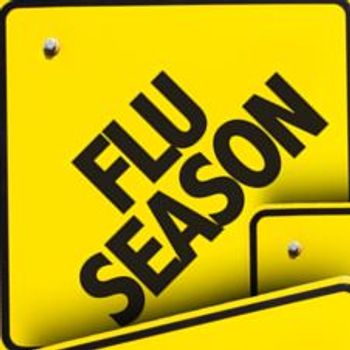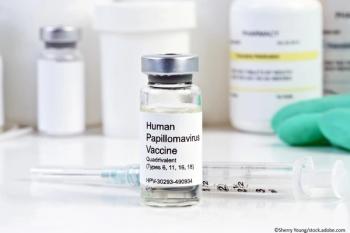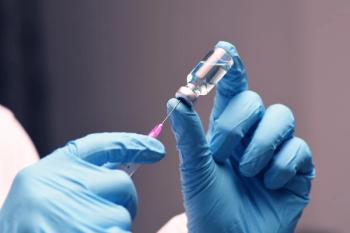
AHS: Epilepsy Drug Reduces Frequency of Chronic Migraines
LOS ANGELES, June 26 - An anti-seizure agent can reduce the frequency of chronic migraine events, according to a researchers here.
LOS ANGELES, June 26 - An anti-seizure agent can reduce the frequency of chronic migraine events, according to researchers here.
They found that off-label use of the anti-epilepsy drug Topamax (topiramate) can cut the frequency of migraine events for chronic sufferers or the number migrainous headache days per month.
"Overall, many more patients on topiramate compared to placebo had a reduction in migraine and migrainous and had a better quality of life," said neurologist Stephen Silberstein, M.D., of Thomas Jefferson University in Philadelphia. "We have a safe, effective treatment for patients who have headache most of the days of their lives."
Dr. Silberstein presented results of a multicenter, double-blind study in an oral session at the American Headache Society meeting, and colleagues. They randomized 165 chronic migraine patients to 100 mg of Topamax daily and 163 patients to placebo pills, following a 56 day period for screening and washout.
The average number of days per month with migraine or migrainous headache, the primary endpoint, decreased by 6.4 days from 17.1 days during the prospective baseline phase in the Topamax group compared to a reduction of 4.7 days from a baseline of 17.0 days in the placebo group. This was a significant difference (P=0.010).
The key secondary endpoint of change from baseline in 28-day rate of migraine headache days was significantly better with Topamax (5.6-day reduction versus 4.1-day decrease; P=0.030).
Worst headache severity was slightly but significantly reduced from baseline with Topamax compared to placebo: down by 0.4 points from 3.4 at baseline versus 0.2 points from 3.3 at baseline on a five-point severity scale (P=0.016).
Topamax significantly improved all categories of migraine-related quality of life compared to placebo.
Treatment-related adverse events occurred in 65.0% of patients for Topamax versus 41.6% for placebo with 11.3% versus 6.2% discontinuing the study due to any adverse event.
No new adverse event signals were seen compared to the pivotal Topamax migraine trials with the most common being paresthesia (28.8% Topamax versus 6.8% placebo), upper respiratory tract infection (13.8% versus 12.4%), fatigue (11.9% versus 9.9%), and hypoesthesia (9.4% versus 0.0%).
The researchers defined migraine headache according to the International Classification of Headache Disorders, second edition but with duration of at least 30 minutes. Modified migrainous headache was defined as a headache of moderate-to-severe intensity with at least one other feature like phono- or photophobia or nausea.
Chronic migraine was defined similar to International Headache Society revised criteria, which was at least 15 headache days over a 28-day period with a headache day being a day with at least 30 minutes of head pain and at least half of these days had to have migraine or migrainous headache.
None of the patients used migraine prophylaxis medication during the study or acute medication more than four days a week.
Only about 55% of patients in either arm completed the study.
Dr. Silberstein reported that he is on the advisory board and is a speaker and a consultant for Ortho-McNeil Neurologics and received a research grant from the company, which makes Topamax.
Newsletter
Enhance your clinical practice with the Patient Care newsletter, offering the latest evidence-based guidelines, diagnostic insights, and treatment strategies for primary care physicians.


















































































































































































































































































